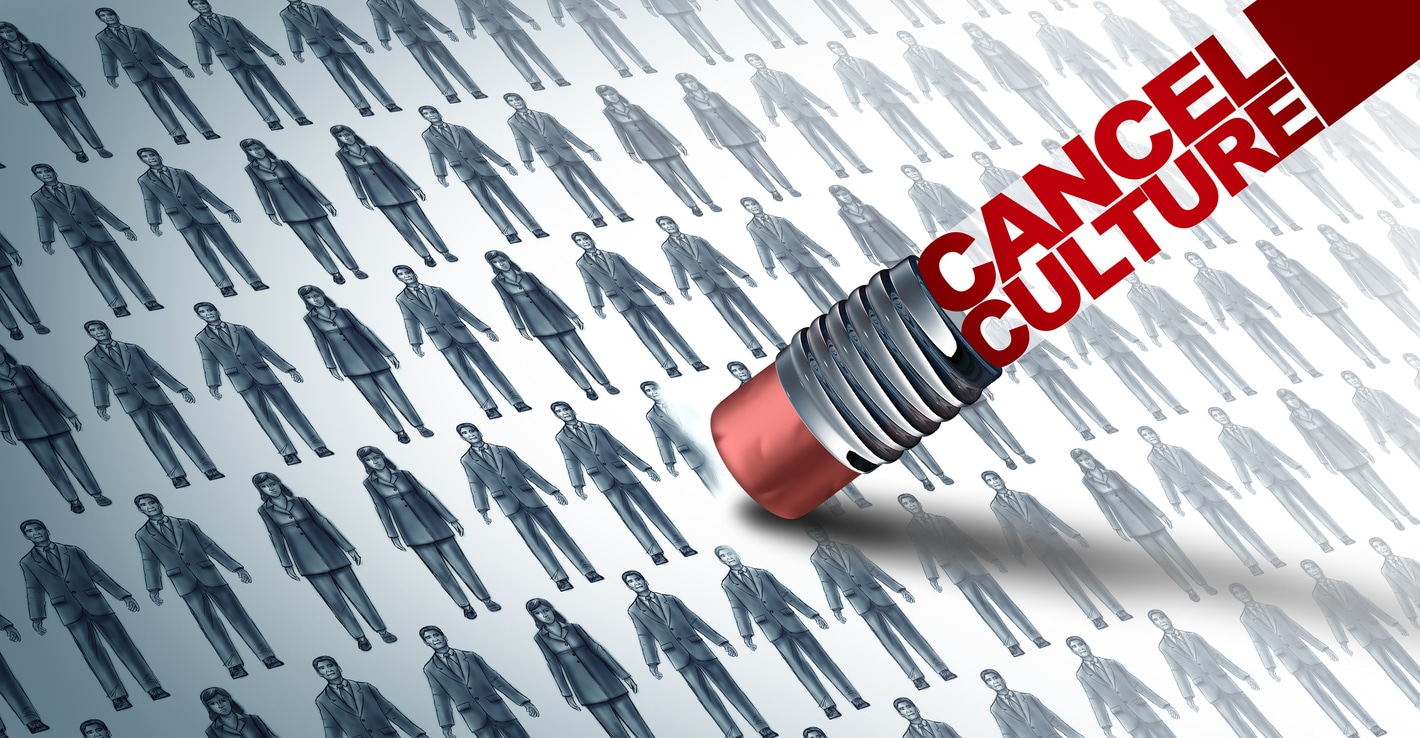Home » Perspective »
By John R. Vile, published on January 12, 2024

In "The Canceling of the American Mind: Cancel Culture Undermines Trust and Threatens Us All — But There Is a Solution," authors Greg Lukianoff and Rikki Schlott may give you reason to pause on joining the next media frenzy over what someone said. (iStock illustration)
